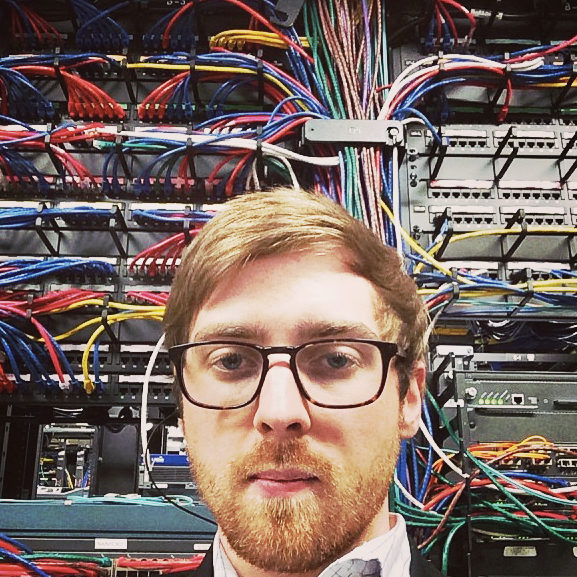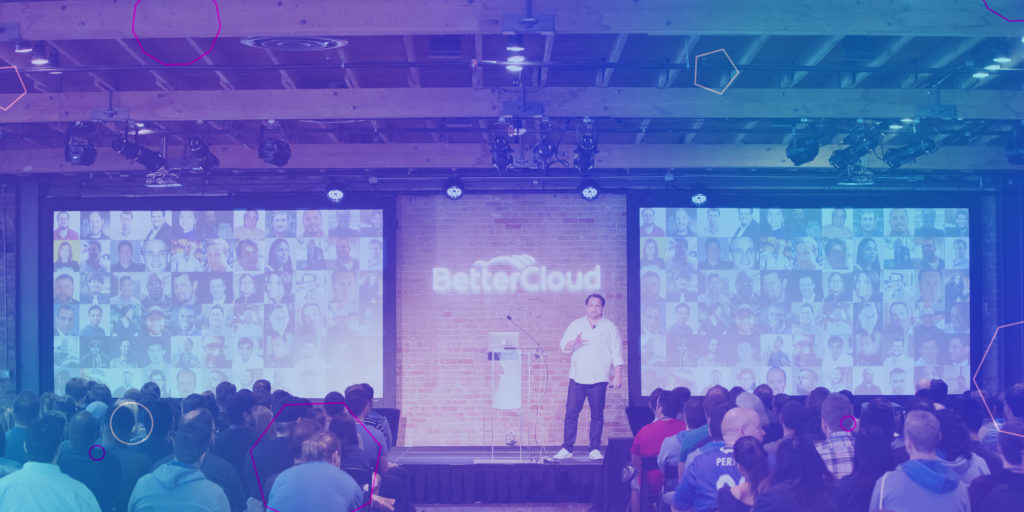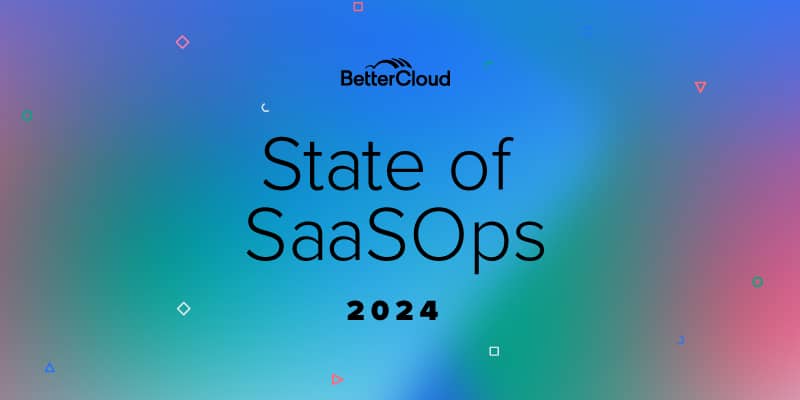Why I Miss My Data Center and Why I’m Never Going Back
April 27, 2016
5 minute read

I’ll admit, I miss it. I miss the quiet humming. The cold air. The erratic flashes of a thousand blinking activity and link lights. I miss hearing the sounds of countless arms jumping around, seeking their data, and tracking across hard drive platters that are literally “spinning rust.”
I spent the first four years of my career racking and stacking servers. It’s been just over two years since I stepped inside a data center, and I’m growing nostalgic.
But I’m never going back.
There’s probably a good portion of people reading this that are like me, leading IT for a company that’s running everything in the cloud. But the reality is that the majority of organizations aren’t even close to running fully in the cloud.
Many of you still walk into your data centers every day. You feel the cold air, hear that familiar humming, and see the comforting activity of blinking lights. At times, I envy you, and here’s why:
The Ownership

A server room selfie from back in the good old days.
Everything in the data center, from the server racks to the spinning disk drives, is IT’s responsibility. You own it. When things are running smoothly, it’s because of the hard work that you put in. When they’re not, you can walk over to John Doe’s desk and ask him directly why the SAN isn’t giving you the IOPS he promised. In the cloud, ownership fades away. Nothing is yours anymore. Everything suddenly becomes someone else’s responsibility. It’s a tough transition to make.
The Lights
If you’ve been in a data center, you know what I’m talking about. Servers visually communicate through their flashing lights–green, yellow, blue, red, you name it. Each color and how quickly it flashes means something. You can feel the pulse of your organization simply by stepping inside your data center and taking a quick glance. It’s almost a server morse code. The lights make basic troubleshooting easy. If port 41 is flashing like crazy, something is up.
When you offload your hardware, you lose the physical visibility of lights and get browser-based dashboards and email alerts instead. You may know more about your environment, but it’s not the same.
The Peace and Quiet
It’s amazing how detached from technology you can be inside a server room. You’re surrounded by some of the most advanced computers known to man and yet the phone in your pocket might not work. I never had Wi-Fi in my data centers. I never had cell service. My favorite data center was a building so hardened it was an accidental Faraday cage. When I went in, I knew that communication with the outside world was going to be severed like a cut ethernet cord.
The data center was where I went to get away. It was where I went to think.
The Trust and Tangible Proof of Investment
At my last job, I was one of nine people in the world with access to our data center. With one wrong move, I could trigger a failover to our secondary site, or even worse, cut off the contribution video feeds that kept nationally-known cable channels broadcasting. That trust isn’t lost when moving to the cloud, but the physical proof of what’s been entrusted to you (the data center itself) isn’t there anymore. I used to enjoy being able to bring an executive into a server room and say, “Here’s what we did with the $3 million you gave us. Isn’t the cabling pretty?”
In the cloud, a $3 million infrastructure investment can look a lot like a bill with no purpose. We can debate CapEx vs. OpEx until the cows come home, but it’s still tough to spend that kind of money and have nothing “physical” to show for it.
The Tape
I’m a sucker for tape. I still think it’s the best medium for long-term, archival storage of data–even though I haven’t used it in well over a year. It’s cheap and reliable. What more can you ask for? The only thing I don’t miss about tape is the agonizingly long seek times.
At least for us, there is just no purpose for tape in a cloud-based environment.
Why I’m Never Going Back
With all that said, I wouldn’t go back to the on-premises world. The grass is just greener when you don’t have to worry about a data center.
The cloud has gone from a whisper in the wind to the future of enterprise technology in less than 10 years. I loved the ownership and the control of having my own data center, but the hard truth is there is so much that I just don’t miss at all.
The Constant Worry and Single Point of Failure
There are very few companies that have the resources to keep their data centers as secure as Amazon, Google, or Microsoft. Just because your data is stored on your premises doesn’t mean it’s secure. IaaS companies spend billions upon billions of dollars a year maintaining and improving their data center security. I always ask, “Google can afford high six-figure salaries for a team of around 500 of the best security professionals on the planet. What does your security team look like?”
How much can you realistically invest?
And it’s not just security. There’s the constant possibility of power outages or air conditioning failure. Having a single point of failure places a lot of pressure on IT. I can tell you, getting an electrician at 4:00 AM on a Saturday night isn’t easy.
There are just so many people that aren’t IT professionals that you need to rely on. I once heard a story of a cleaning crew that would go into a data center (let in by the security guard, despite not being authorized) and unplug production servers to vacuum. I can guarantee you that would never happen at any of the large IaaS companies.
These types of worries disappear when you move to the cloud.
The Wait Time and Labor
Spinning up a new instance in the cloud is so simple my end users can do it. It’s great. Getting a new server, on the other hand, is a challenge. You have to order it. It has to ship. You need to roll it to the freight elevators and past bomb-sniffing dogs (yes, I had to). Installation is labor-intensive. Honestly, standing on a ladder trying not to drop a 75-pound $50,000 server isn’t my idea of a great time.
The physicality was draining. I’ll gladly let Amazon, Google, and Microsoft handle that for me.
The Capacity Forecasting
“I need 25 VMs in an hour.”
Good luck filling that request with your own data center. If you’re lucky then you might have the spare capacity, but if not, it’s going to be a tough day.
We needed three months lead time to get a new server racked, stacked, tested, and production-ready in the data center. Capacity forecasting three months out is pretty much a guessing game for companies like ours. IaaS removes the guesswork because capacity flexibility is one of its stronger selling points.
Looking Towards the Future
The largest companies in the world, the ones you’ve spent your entire careers using, are shifting focus to the cloud. This includes Google, Amazon, and Microsoft of course, but long-time enterprise players are shifting focus. IBM is cloud focused. Oracle is cloud focused. Dell is cloud focused. The list goes on.
Just like any topic people are passionate about, many IT professionals will romanticize data centers. Take cars for instance. There will always be people who believe that a 1973 Porsche 911 Carrera RS 2.7 is better built, better made, and more enjoyable than a Bugatti Veyron. I’m one of them–the old Porsche is certainly louder and more hands-on, visceral, and tactile. But which car is more efficient? Which passes modern emission and crash standards? Which car wins the race and will still get you home, every time?
If you’re holding on to the past, you’re going to get lapped by people looking ahead. I’m never going back to running my own data center because I believe IaaS is the future. It’s that simple.






